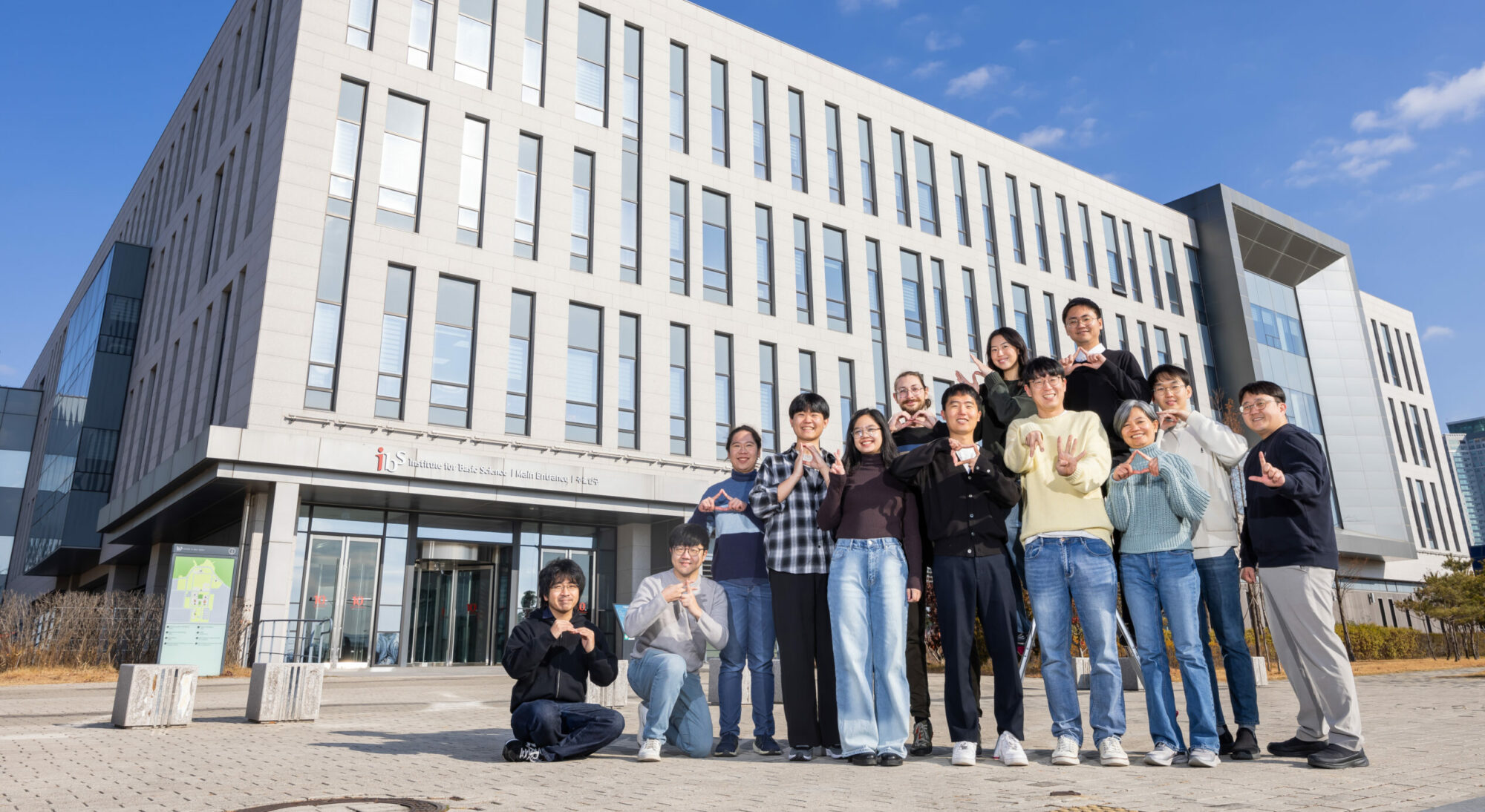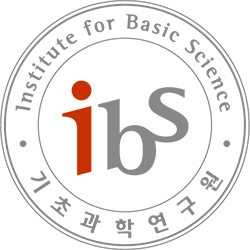Identifying key drivers in a stochastic dynamical system through estimation of transfer entropy between univariate and multivariate time series – Yun Min Song
B232 Seminar Room, IBS 55 Expo-ro Yuseong-gu, Daejeon, Daejeon, Korea, Republic ofIn this talk, we discuss the paper "Identifying key drivers in a stochastic dynamical system through estimation of transfer entropy between univariate and multivariate time series" by Julian Lee, Physical Review E, 2025. Abstract Transfer entropy (TE) is a widely used tool for quantifying causal relationships in stochastic dynamical systems. Traditionally, TE and its conditional …





